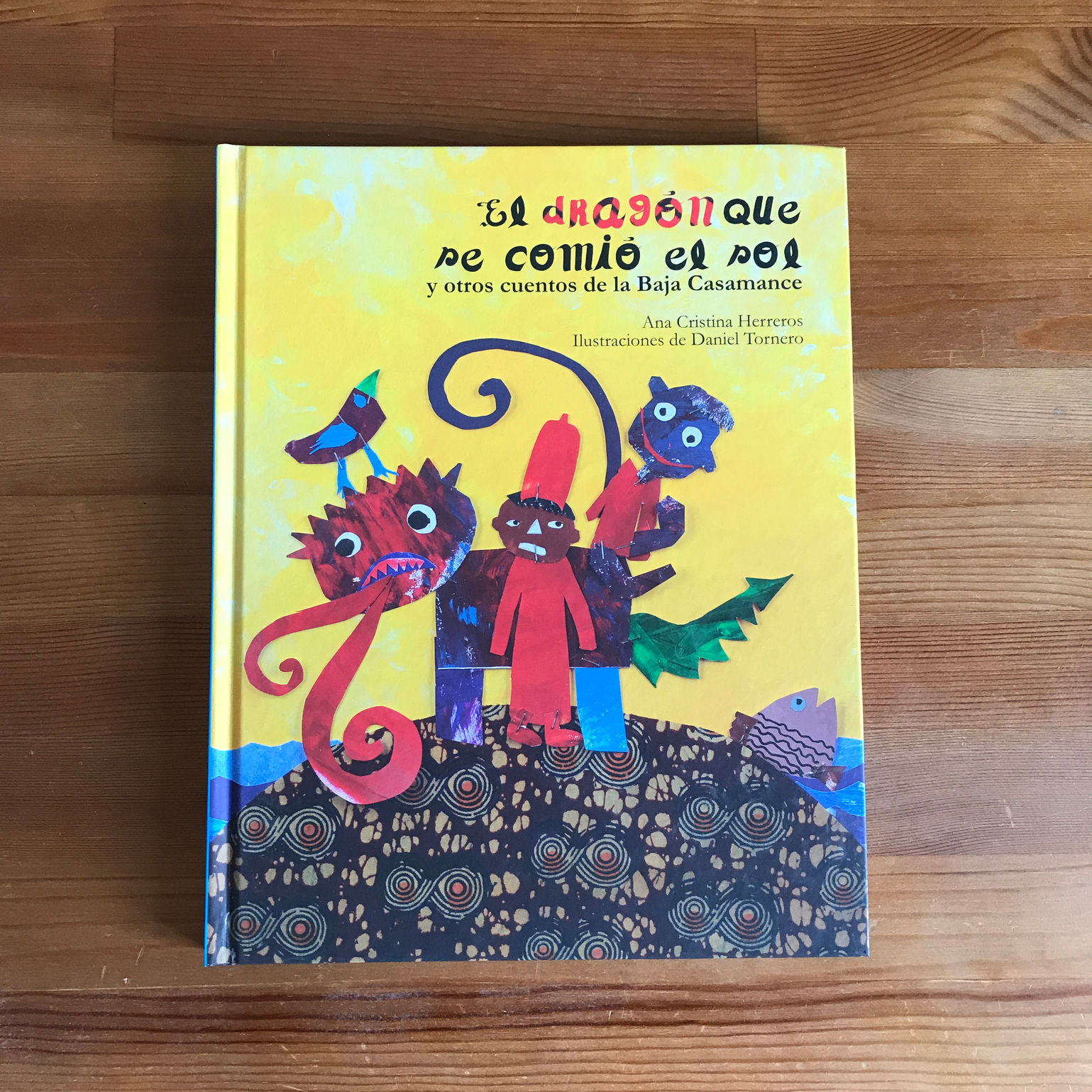El dragón que se comió el sol
Y otros cuentos de la Baja Casamance


Es de noche en la Baja Casamance, a la luz de la hoguera se oyen unas palabras: «Voy a contar un cuentooooo». Los que escuchan responden: «Te escuchaaaaamos». Y ya comienzan los cuentos que hablan de dragones que traen la lluvia, de serpientes que se convierten en seres humanos, de sirenas que se ocultan en los pantanos...
Con ellos se enseña que quien no tiene cicatrices es porque no es humano, que se gasta solo en lo que es necesario, que el trabajo y el cuidado de los otros siempre tiene recompensa…
Cuentos que han sido escuchados en su propia lengua, seleccionados de entre los más de cien recogidos, editados e ilustrados con las imágenes que han creado los mismos niños que nos han contado las historias.
Es este un libro completo, donde palabra e imagen se dan la mano y nos llevan por el mundo de la imaginación de la Baja Casamance.
"[E]ste libro maravilloso con ilustraciones llenas de originalidad e imaginación, es fruto de un sueño, el de llenar de libros las estanterías de la Biblioteca de Ossouye." - El País
Si quieres oír los cuentos en la lengua en que fueron contados, puedes escucharlos aquí.
"¿Por qué el perro y el cocodrilo no son amigos?" (pág. 95 de nuestro libro). Recogido en Boukout por Fina Hernández Gordillo, contado en diola quatay por la familia Diatta.
Escrito por Ana C. Herreros
Ilustrado por Daniel Tornero
Colección: Serie Negra
Tamaño: 29 x 22 cm
Páginas: 122
Encuadernación: Cartoné
(32 cuentos y 44 ilustraciones)
ISBN: 978.84.942648.9.4
(Precio sin IVA 23,99€)
P.V.P. 24,95€
Proyectos en Senegal
El 10% del precio del libro "El dragón que se comió el sol, y otros cuentos de la Baja Casamance" se destinará a un proyecto de alfabetización de mujeres en la Baja Casamance. Queremos que las mujeres puedan venir también a la biblioteca que estamos llenando de libros. A continuación os iremos contando lo que hacemos cada año.
En esta biblioteca hemos recogido la mayor parte de los cuentos y hemos hecho los talleres donde las niñas y niños han ilustrado el libro.
2015 - 2016
Con el dinero que hemos recaudado con la venta de "El dragón que se comió el sol" ya hemos empezado a cumplir con lo que el inspector de educación de la Casamance nos había pedido: apoyar la red de profesores que imparten castellano en la educación secundaria y el bachillerato. Durante el mes de febrero viajamos a Senegal para impartir seminarios de literatura española. Este ha sido nuestro plan de viaje:
* Seminario de literatura española en Louga, en el PRF (Pole Regional de Formation), organizado por Monsieur Mbow y la RSF, Red Educativa Sin Fronteras, con los profesores de la región de Louga.
* Seminario de literatura española en Ziguinchor en el liceo Djnabo, organizado por Ousman Diop, con los profesores de la célula de español de la región de Ziguinchor.
*Seminario de literatura española con profes de español, en el CEM Aline Sitoe Diatta, en Oussouye, organizado por Benjamin Sambou.
CURSO DE ALFABETIZACIÓN CON LAS MUJERES DE LA BAJA CASAMANCE
En otoño de 2015 nos reunimos con las mujeres del pueblo y decidieron en qué idioma querían ser alfabetizadas (eligieron el francés, que es la lengua en la que se alfabetizan sus hijos), desde ese momento comenzó el curso de alfabetización en la biblioteca Teba Diatta de Oussouye.
MEMORIA 2022/2023 Y COMIENZO DE CURSO 2023/2024
El año pasado acabó el curso con 18 mujeres que iban asiduamente a clase los lunes y viernes de 16h a 18h. Están divididas en dos niveles diferentes dependiendo de la comprensión lectora, las faltas gramaticales y las nociones de cálculo que tienen. El profesor, Monsieur Niassy es un docente senegalés del CEM Aline Sitoe Diatta al que se le paga 25.000 CFAS al mes que trabaja junto a una colaboradora voluntaria, Mademoiselle Martine. Ambos profesores trabajan de manera simultánea, los lunes Monsier Niassy con el grupo de lectoras avanzadas y Mademoiselle Martine con el grupo de lectoras principiantes, y los viernes se trabaja con el grupo entero, de 16h a 17h expresión oral y de 17h a 18h cálculo.
Este año se han comprado libros nuevos de alfabetización "Aprendo a leer rápido" y se han hecho actividades fuera de la biblioteca como una excursión a la radio local Kabisseu FM, con la que posiblemente puedan colaborar el próximo año haciendo un programa de radio propio.
Además han empezado a intercambiarse cartas con un grupo de mujeres de Madrid que se están alfabetizando a la vez que ellas. Este proyecto surgió el año pasado cuando Teresa Rodríguez, una de las profesoras de las mujeres de Madrid, viajó a Oussouye y conoció la biblioteca Teba Diatta. Además de mandarse cartas bidireccionalmente se han visto por videoconferencia y han podido hablar directamente.
Este año además han tenido la oportunidad de participar en la I edición del Festival de cuentos de la Biblioteca Teba Diatta que tuvo lugar del 2 al 9 de abril de 2023. Pudieron intercambiar cuentos con las participantes del festival que visitaron la biblioteca.
En verano se paran las clases y comienza el curso a principios de noviembre y durante octubre la coordinadora, Fina Hernández, y el profesor, Nyassi, contactaran con las mujeres que en el curso anterior estuvieron viniendo a clase e intentaran contactar con nuevas alumnas para este curso, viendo los recursos necesarios y organizándolo todo para que este listo cuando lleguen las mujeres de Oussouye.
CLUB DE LECTURA
Actualmente estamos colaborando con el club de lectura que realiza Fina Gordillo, una de nuestras malas compañías favorita, en la biblioteca de Oussouye. Compramos los libros que ella propone en la librería Reno, que también colabora con el proyecto. Los libros son siempre de autores africano y se los hacemos llegar a Fina través de los voluntarios que viajan a Senegal durante el año.
Si queréis más información u os apetece colaborar con alguno de los títulos que nos han pedido, podéis escribirnos a info@librosdelasmalascompanias.com y desde ahí os contaremos cómo hacerlo.
CINE EN LA BIBLIOTECA
Desde el 2019 todos los miércoles nos reunimos para ver películas a través de un proyector en la pared de la biblioteca. Se han visualizado películas clásicas, para todos los públicos, de directores y autores africanos. Este año lo que más les ha gustado y con lo que más se han reído es viendo cine mudo, Chaplin es de sus favoritos.
En el 2023 hemos empezado a hacer cineforum para adultos, hemos hecho un ciclo de Ousmane Sembene, un director senegalés muy conocido, y un ciclo de mujeres africanas en conmemoración con el 8 de marzo. En abril y mayo han visto más películas infantiles y se ha conmemorado el Día del Libro infantil viendo la película Matilda.
Nuestro viaje a Senegal
En los veranos de 2014 y 2015 Ana Cristina Herreros y Daniel Tornero viajaron a la Baja Casamance, en Oussouye, y a Djimbreing y Enampore para recoger los cuentos que componen el libro El dragón que se comió el sol y otros cuentos de la Baja Casamance y realizar los talleres de ilustración de donde posteriormente saldrían las ilustraciones.
Muchas personas les ayudaron en esta tarea, Idrissa, Diogo, Pepa, Rosa y Fina ayudaron a Ana Cristina a recoger los cuentos en el idioma que se habla en la Baja Casamance, el diola, pero hay muchos diolas, está el banjal, el kasa, el quatay, o el fuñi entre muchos otros, por lo que tuvimos que traducirlos con la ayuda de Jean Bernard, nuestro bibliotecario, Benjamin, el director del club hispánico de la Baja Casamance y Bintu, ellos han hecho posible que las palabras dio tuvieran sentido para nosotras.
Pero más gente ha hecho posible esta aventura...
Fina Hernández, el alma y corazón y a veces, las manos de este sueño, que además ahora coordina los proyectos solidarios que se llevan acabo desde la biblioteca de Oussouye, Pepe Santofimia, amigo y músico, Daniel Tornero, amigo e ilustrador, Francis Peraza que en 2015 fue a grabar un documental sobre la biblioteca y la gente que la puebla y muchos más con los que compartimos este gran proyecto: Pierre, Sunita, Tita, Chati, Queti y Mariama...
Gracias a todos ellos, porque un sueño acaba siendo literatura cuando lo sueña mucha gente, y este lo es... Esperamos que también sea vuestro sueño...
 |  |  |
|---|---|---|
 |  |  |
 |  |  |
|---|---|---|
 |  |  |
 |  |  |
 |  | 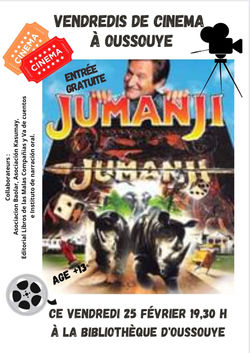 |
|---|---|---|
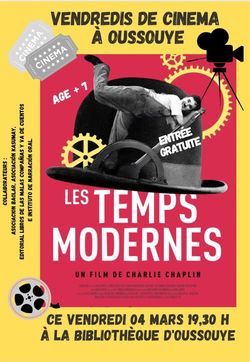 |  | 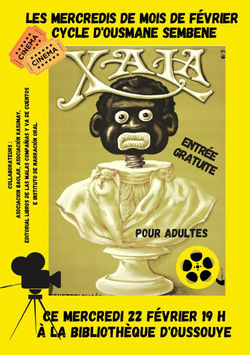 |
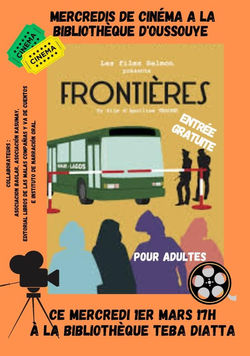 |
PRENSA
La literatura infantil africana también quiere contar sus propias historias
Varias veces han mencionado ya nuestro libro, en este maravilloso blog de El País, África no es un país. Aquí os dejamos una lista con las menciones hasta el momento.
Sugerencias para un Día del libro muy africano.
Ana Cristina Herreros: La voz de los sin voz.
Cultura africana: Griot y Griott, dos historias en una.
La literatura infantil africana también quiere contar sus propias historias.
La voz de los cuentos perdidos.
Reseña a la presentación del libro en algunos medios de comunicación
El Dragón que se comió el sol ha sido reseñado, con sincero interés por su aparición, en los siguientes medios:
Reportaje en la revista Le Vif , África del Oeste, Cuentos para ayudar a encontrarnos, por Camille Lavoix (30/06/2017). (En francés)
Extenso reportaje que permite comprender mejor la labor y cometido que cumple este y otros libros de la serie de nuestro catálogo, más allá (o junto a) su interés como sistematización literaria de la tradición folclórica de esos pueblos.
Árticulo en el blog Colorín Colorado
...pero no sólo sobre nuestro libro. Esta parte del blog hace las veces de recordatorio para todos: "los cuentos africanos también tienen voz". Así, se incluyen diversos libros en la misma órbita. ¡Qué mejor compañía!
Reseña en el blog La Biblioteca Escolar
…pero no sólo una reseña: aquí puedes comprobar muy de cerca la estrecha relación del libro (de todo libro, en el fondo) con el ámbito de la Educación y de la trasmisión de valores.
Una biblioteca en África en Jardín LAC
Reseña sobre la biblioteca de Teba Diatta en Oussouye.
Ana C. Herreros
Nació en León y su abuela callaba cuentos. Así que pronto aprendió a escuchar el silencio y a querer a los que no tienen voz, a los que no cuentan.
Tanto que, años después y ya emigrante en Madrid, se puso a hacer una tesis doctoral sobre la literatura de los que ni escriben ni leen. Y así, investigando en la tradición oral, fue a dar en 1992 con la narración oral. Y empezó a contar, y desde hace más de veinte años no calla. Luego, la voz se le llenó de tinta y comenzó a escribir. La han traducido al catalán, al francés y al mexicano. Ha hecho sentarse a oír su conferencia a una princesa y 16 bebés de 6 meses prefirieron escuchar sus cuentos a tomarse el biberón. Ay, si su abuela levantara la cabeza...
Con Libros de las Malas Compañías ha publicado también los siguientes títulos:
Daniel Tornero
Es ilustrador, narrador y docente, pero sobre todo es narrador. Cuenta desde el siglo pasado con el colectivo escénico Jamacuco, y le gusta tanto contar que se ha pasado de la voz al papel. Ahora también pinta el universo paralelo de los cuentos a golpe de lápiz de colores y pincel de pelo de párvulo. Sea como narrador o sea como dibujante, lo importante es que sigue contando.
Como ilustrador, trabaja desde enero de 2012 en la Revista de Ipad DON, y desde mayo de 2014 es el director de arte, diseñador e ilustrador de la editorial Libros de las Malas Compañías. Ya tiene un libro publicado, La mujer esqueleto, que ha quedado finalista de los Premios Extraordinarios de Artes Plásticas y diseño de la Comunidad Autónoma de Madrid. También ha recibido la Mención de honor en los XII premios Audiovisuales de la dirección general de igualdad.
Con Libros de las Malas Compañías ha ilustrado también los siguientes títulos:










